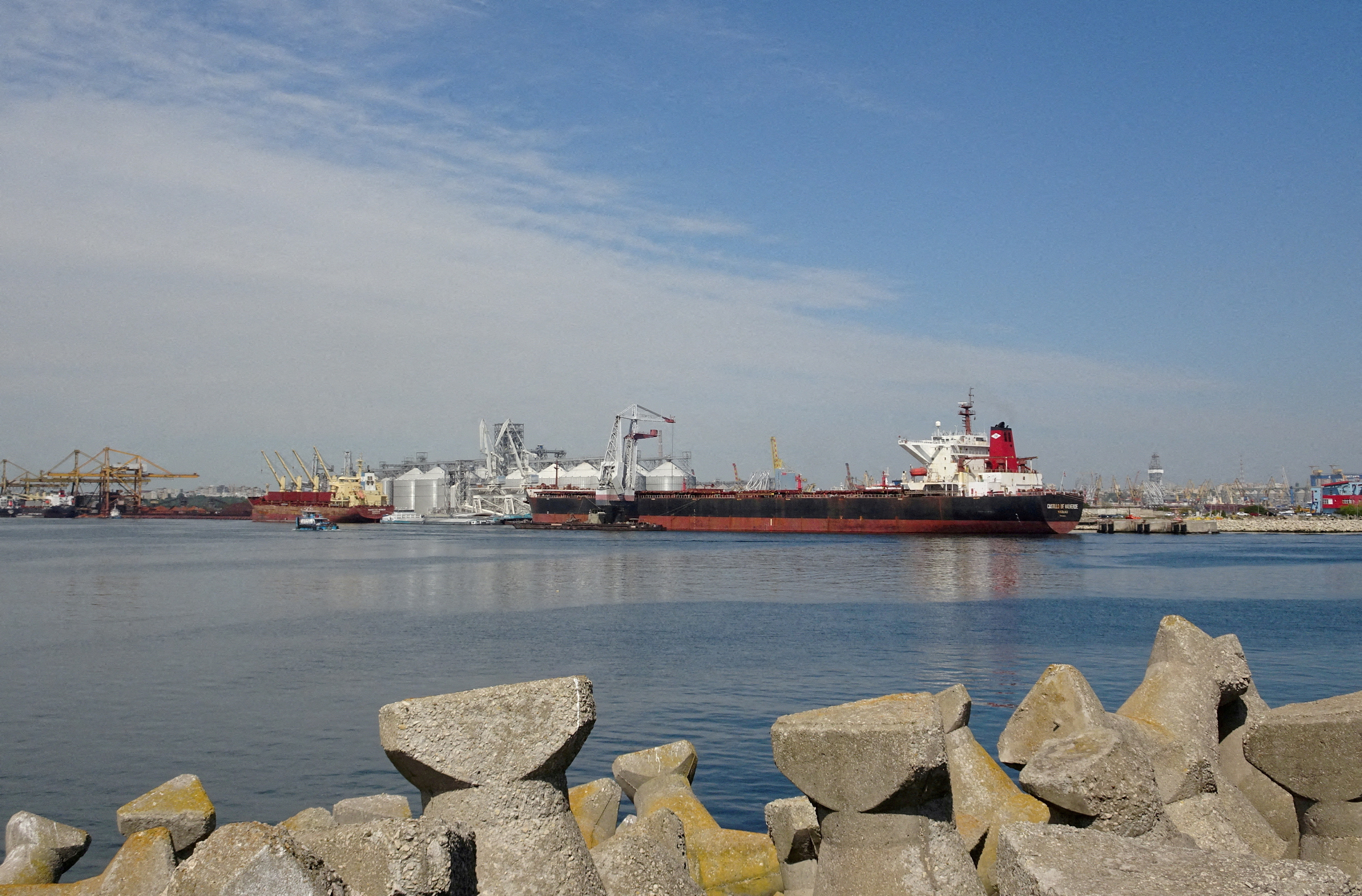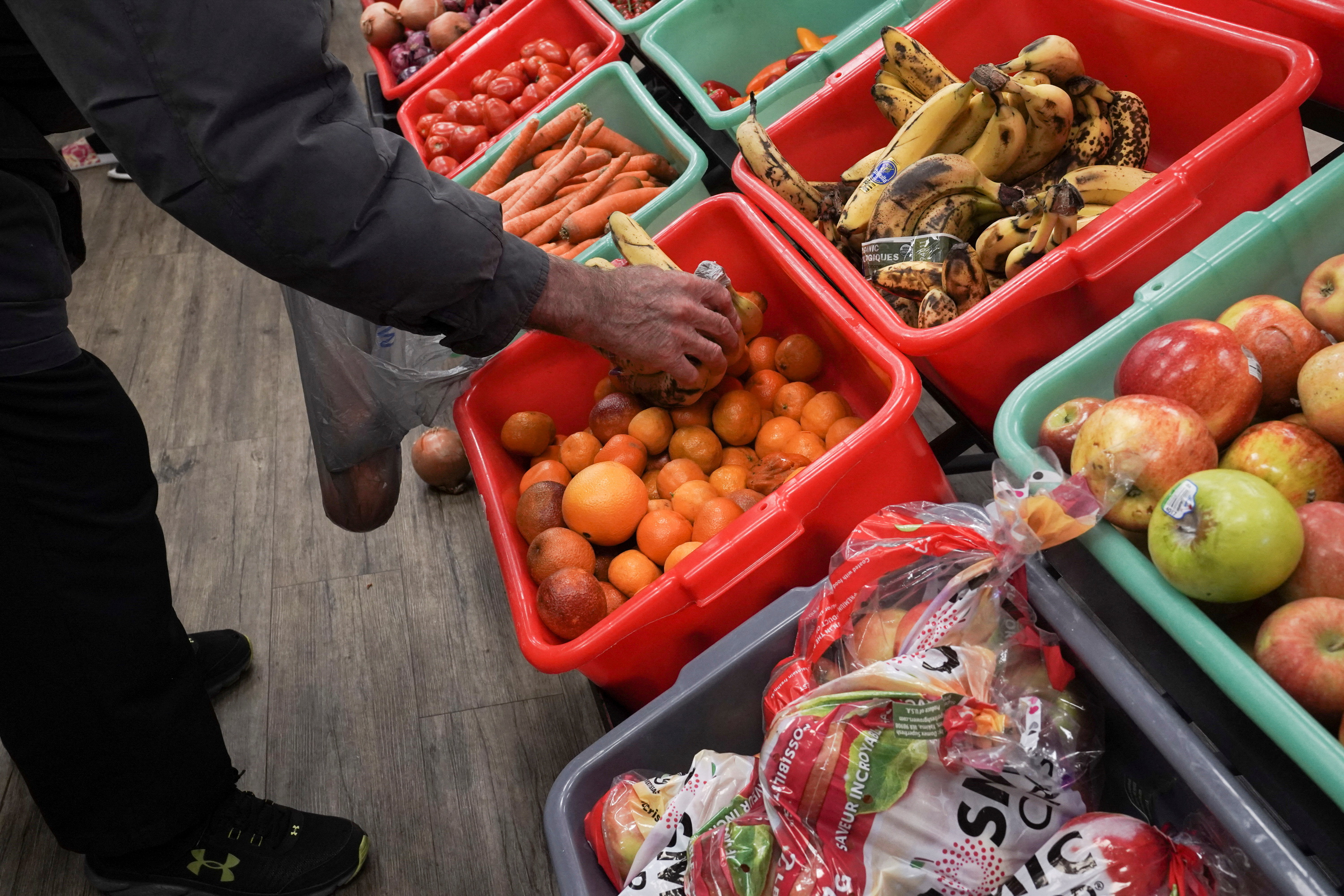Column: Identifying possible US corn, soy surprises ahead of USDA report

Corn is loaded onto a truck as a silo is emptied at a farm in Tiskilwa, Illinois, U.S., July 6, 2018. REUTERS/Daniel Acker/File Photo Acquire Licensing Rights
NAPERVILLE, Illinois, Sept 7 (Reuters) - When the U.S. government published its August estimates for corn and soybean yields, many analysts thought those could be the lowest numbers seen this season given supportive weather across the U.S. Corn Belt in early August.
The bearish market feel was enhanced by last month's acreage registration data, which led some to believe U.S. corn and/or soybean plantings might be significantly understated, offsetting lower yields.
But the weather turned exceptionally dry for U.S. crops in mid-August, accompanied by bouts of heat that had been mostly absent until then. The last three weeks have been among the driest ever seen at this point in the year, especially in the western belt.
Analysts expect this month's U.S. Department of Agriculture (USDA) estimates, due on Tuesday, will show smaller U.S. corn and soybean crops than were predicted in August, driven by falling yield prospects.
Larger harvested areas are seen for both crops, but analysts have not exactly committed to some of the bigger acreage numbers being thrown around last month. This means that both area and yield could contribute to any production surprises next week.
NARROW YIELD IDEAS
The average trade guess for U.S. corn yield ahead of USDA's September report is 173.5 bushels per acre (bpa), down from last month's 175.1 and just above last year's result of 173.3 bpa.
Analysts' corn yields span from 171.5 to 175 bpa, meaning all 18 analysts polled by Reuters expect a lower number than in August. However, that 3.5-bpa range is the smallest for this report since at least 2004, and the recent average is about 5.5.
Soybean yield is pegged at 50.2 bpa versus 50.9 last month and 49.5 in 2022. Just one of 18 analysts see a higher soy yield than in August with an estimate of 51 bpa, and the low of 49.6 puts the range at 1.4 bpa, below the 2.2 average but above last year.
Since 2004, corn yield landed outside the range of trade estimates only twice in September: 2018 and 2005. That happened five times for soybeans, the most recent being last September when yield surprised low.
U.S. corn and soybean yields are usually lower in September versus August whenever the Midwest is sufficiently dry in August, though there were a couple dry Augusts that preceded higher September yields, including 2013 for corn and 2010 and 2011 for soybeans.
September corn and soy yields have been lower than in August in three of the past four years, excluding 2021.
BIGGER AREA?
On average, analysts expect harvested U.S. corn and soybean area to rise from current estimates by 120,000 and 142,000 acres, respectively. Those increases would account for less than 0.2% of each crop's total harvested area, seen at 86.4 million acres for corn and 82.8 million acres for soybeans.
When USDA's Farm Service Agency (FSA) released acreage registration data last month, market participants tried to estimate final areas by applying a historical "completeness" percentage to the August data, which implied corn and soy acres could be far underestimated.
A USDA official clarified via email last month that the August FSA data has been more complete in recent years versus past ones. The agency has also been tightening coverage for most crops in recent years, meaning coverage from several years back may not mean much.
The top-end trade estimates have harvested corn acres up 678,000 from the current estimate and soybeans up 464,000 acres, though some analysts had discussed a rise of more than 1 million acres, particularly for corn.
Either the trade initially overreacted to the August FSA data, or the stage could be set for a high acreage surprise next week if analysts were too timid with their guesses.
AREA TRENDS
In the last decade, final U.S. soybean harvested acres were lower than USDA's estimate as of August in every year but 2017, when they came in 800,000 acres (0.9%) higher. USDA's fall area review has adjusted harvested soy acres downward for the past five years.
Final harvested corn acres have been lower than in August in eight of the last 10 years. The outliers include rises of 0.9% in 2021 and 0.1% in 2016. The fall area review in 2021 increased corn area by 600,000 acres (0.7%), which was historically large.
Since the mid-1990s, the largest increase in harvested corn area from August to final was 1.1 million acres (1.3%) in 2007. The largest for soybeans was 1.5 million acres (2%) in 2012.
Karen Braun is a market analyst for Reuters. Views expressed above are her own.
Reporting by Karen Braun; Editing by Jamie Freed
Our Standards: The Thomson Reuters Trust Principles.




